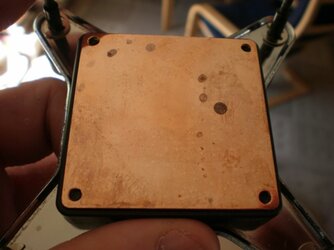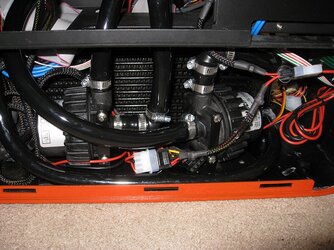- Joined
- Jan 11, 2007
Their engineers are smart; they can figure out if you killed a CPU from overclocking. Not to mention it's not exactly ethical to RMA a CPU killed by OC'ing.
If you RMA a dead CPU, I'm pretty sure they can't tell if it was from OCing. And if you RMA if for another reason other than being dead, I still don't think they pay that much attention, as long as it works.

